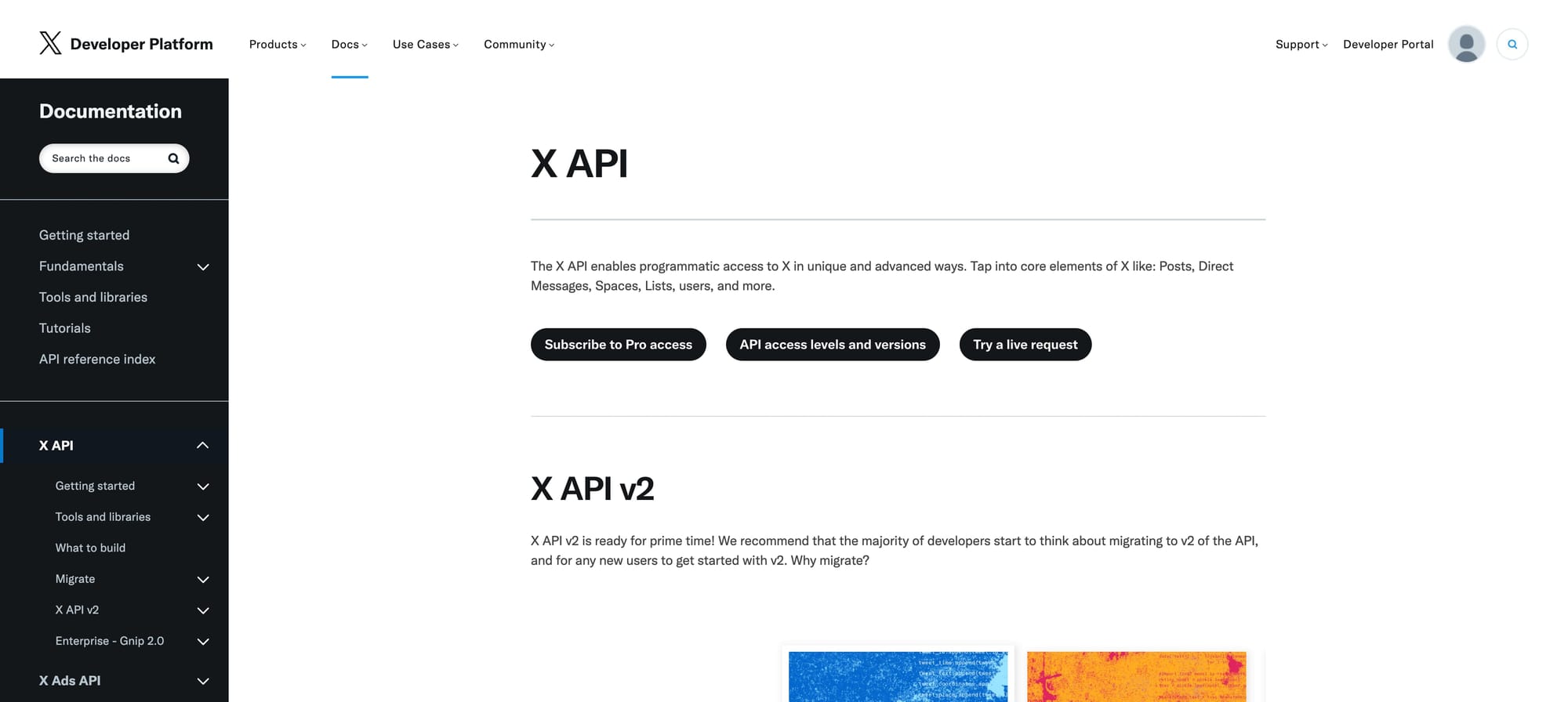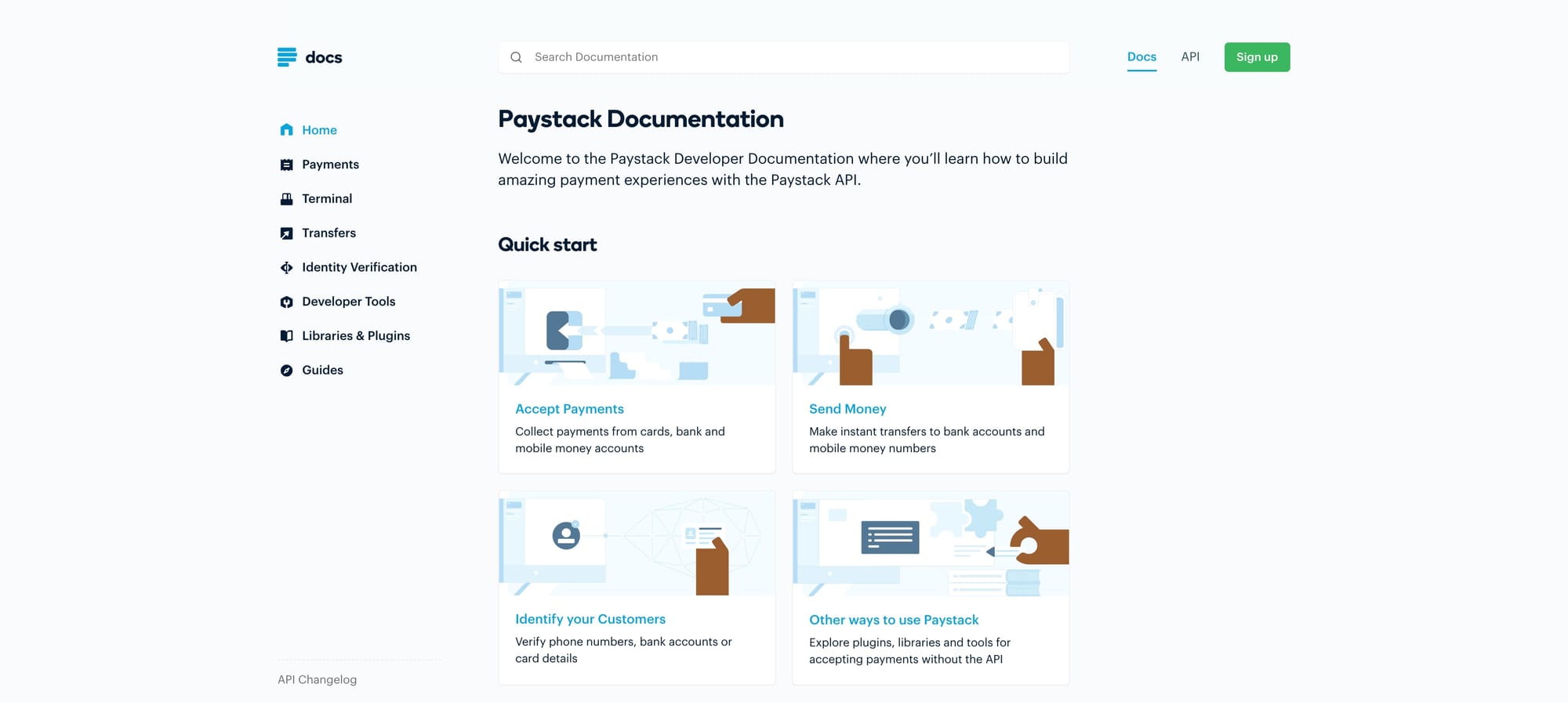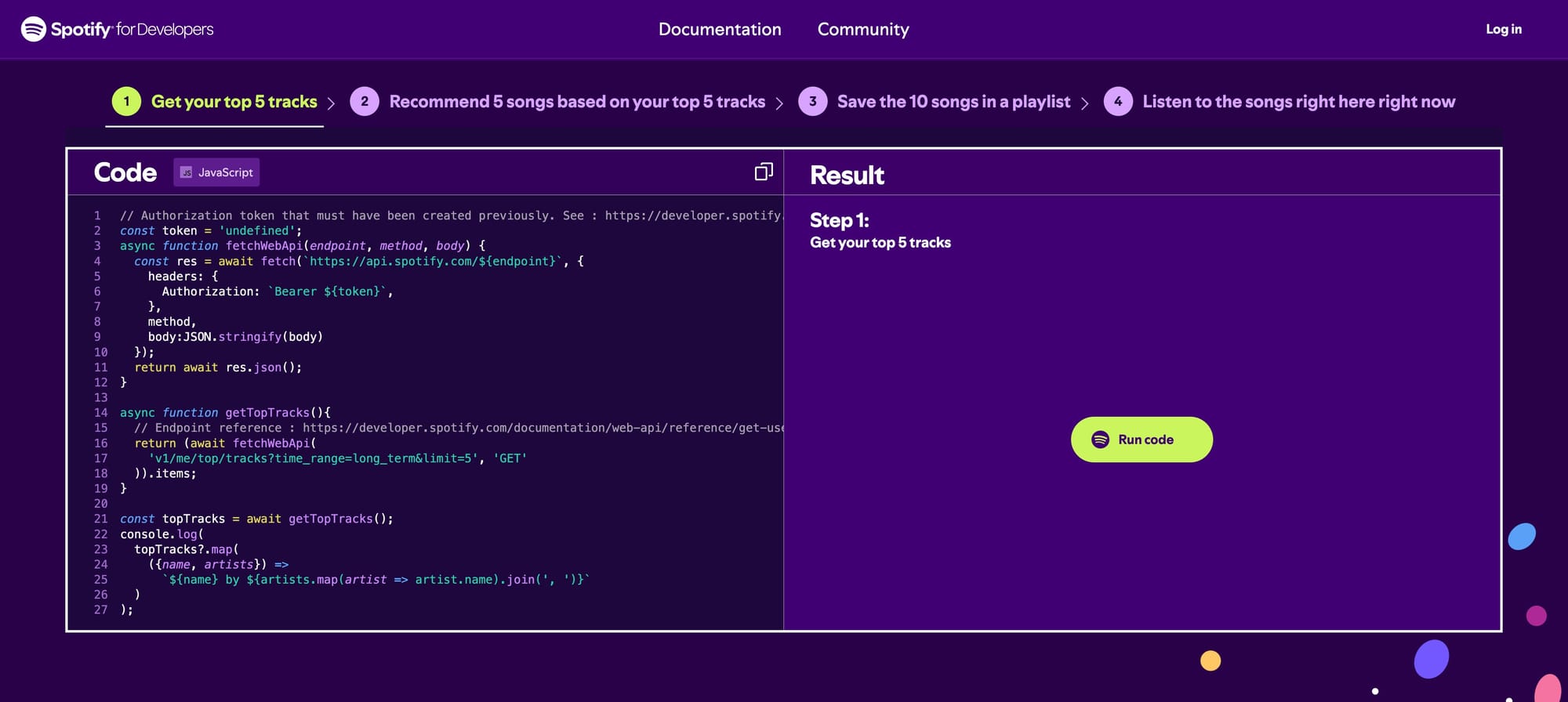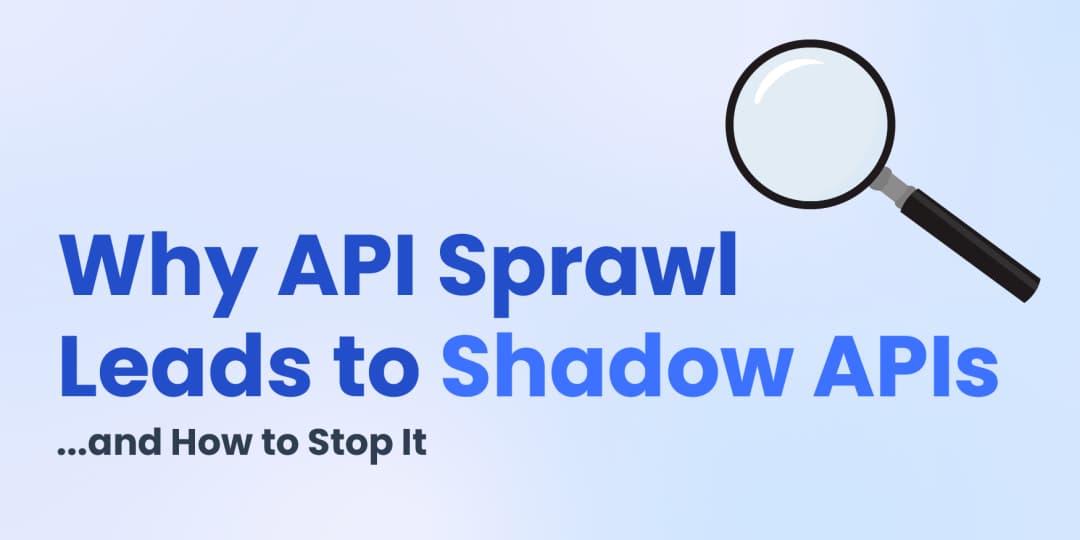API Design | Sep 25, 2024 | 16 min read | By Savan Kharod | Reviewed by David Blažević

Savan Kharod works on demand generation and content at Treblle, where he focuses on SEO, content strategy, and developer-focused marketing. With a background in engineering and a passion for digital marketing, he combines technical understanding with skills in paid advertising, email marketing, and CRM workflows to drive audience growth and engagement. He actively participates in industry webinars and community sessions to stay current with marketing trends and best practices.
Have you ever installed software or tried out that new dev tool you heard about on console.dev without looking at its documentation? Probably not, right? That’s also the case with APIs and API documentation.
API documentation is one of the most important aspects of any API lifecycle and the software development process. Having poor API documentation not only frustrates developers but also hurts user experience and your company's bottom line as developers (the consumers of your APIs) can’t use your APIs properly.
Without proper API documentation, even the greatest Application Programming Interface (API) can go unused.
Now that you know why it is important, let’s deep dive into exploring how to write good API documentation and explore a few examples & best practices alongside!
Stop writing docs manually—generate and update them automatically.
Treblle builds clean, accurate API docs with zero extra effort.
Explore Treblle
Stop writing docs manually—generate and update them automatically.
Treblle builds clean, accurate API docs with zero extra effort.
Explore Treblle
In simple terms, API documentation is a set of human-readable instructions written by API producers that contains all the necessary information about using and integrating with the API.
It usually contains information about available endpoints, methods, resources, code examples, and details about the functions, classes, and return types. Good API documentation provides developers with all the information they need to build integrations with the API and make API calls with the software.
API calls are a type of request that’s made by the third-party developer to the platform’s API. The API calls, described in the documentation, tell the developers exactly what they can ask the API to do and how.
Good API documentation also clearly explains its endpoints, interpreting why devs would want to use them while giving very specific examples of how they would want to use them.
API first, or API first approach, is all about prioritizing APIs at the beginning of the software development process, a.k.a positioning APIs as the building blocks of software. This approach enables teams to build highly performant applications that are powered by an intricate web of microservices and also complements the API-as-a-Product strategy, in which APIs are offered as billable products to third-party consumers.
Since more and more teams are adopting the API first approach, here are a few reasons why having good API documentation is crucial:
Having good API documentation improves the developer experience! It doesn’t matter how good your APIs are if the developer (read consumer) can’t understand how to use them. Good API documentation helps developers better understand the endpoints the API has to offer and specific examples of the use cases.
When you improve the developer experience of your APIs, you improve the overall user experience and increase the number of potential users you attract to your product.
Another reason why API documentation is important is because it reduces the workload and dependencies on your support team while onboarding new developers (Internal & External).
With well-maintained API documentation, new developers have all the necessary information about your platform that they need to succeed. Significantly reducing the onboarding time and support tickets!
When you document your API effectively it means you can manage the upkeep of your product and update it more quickly. With API documentation you know exactly what your product is meant to do and how it is supposed to help end users.
API documentation gives you a more intimate view of the API and allows you to roll out faster updates that will be adopted by users.
If you don’t clearly communicate the API’s capabilities, new users may struggle to use it, leading to slow adoption. Potential users rely on the documentation to decide whether your product is worth integrating.
API documentation is usually the go-to source for team members regarding anything API, including API Goals. Even those who aren’t directly involved in building or maintaining APIs refer to it to understand the purpose of the API and support the work of the API development team.
When you create good API documentation, you end up thoroughly testing the API in the process of documenting it! Suppose an API doesn’t perform as intended during the process, in that case, the technical writer or DevRel writing it can pass on the information to the API development team, speeding up the bug-spotting process.
There are four major types of API documentation, each of which plays an important part in helping the API consumer use the API effectively:
Stop writing docs manually—generate and update them automatically.
Treblle builds clean, accurate API docs with zero extra effort.
Explore Treblle
Stop writing docs manually—generate and update them automatically.
Treblle builds clean, accurate API docs with zero extra effort.
Explore Treblle
Writing good API documentation is a multi-step process that requires the writer to be familiar with the API, empathize with its consumers, and commit to continuous improvement.
Here are a few more things you should follow when working on your next API Documentation:
When creating API documentation, assume that the reader needs to become more familiar with the API and write in the most simple way possible. Avoid buzzwords and be specific when writing. Remember, you are writing to the intended audience which can be split into two categories.
The first one is the developers who’ll be using the API actively and would need documentation along the lines of tutorials and code examples. The second audience will be technical leaders and product managers evaluating the API to see how well it fits with the broader business objectives.
Your well-designed Docs can also be overwhelming for developers who aren’t so familiar with your product. So start with creating a get started page that reflects all the essential points about your product and how to access the docs. Also, for a more detailed guide, check out our article on Building The Perfect API Description.
Smartbear’s State of Software Quality (API) Report 2023 revealed what docs features are considered the most important in the community. Unsurprisingly, examples were the most favored aspect of documentation, followed by status and errors, authentication, parameters, and HTTP requests.
We are gonna cover each one of them briefly;
Smartbear’s State of Software Quality (API) Report
Examples: Code examples are typically useful but can often be enhanced to be even more practical. For instance, consider providing a complete breakdown of fields instead of just showing basic snippets, as seen in Medium's documentation.
Alternatively, you could create a mock API that allows developers to test real API calls. Mock APIs, when detailed enough, can be easily shared via a URL or on GitHub and could even be integrated into final production environments.
Status Codes and Errors: Document both standard HTTP status codes and API-specific errors. Listing all possible errors helps developers debug faster. Instead of isolating errors on a single page, include them under relevant endpoints.
For instance, show 400 Bad Request for validation errors and 401 Unauthorized for failed authentication, with example error payloads for quick troubleshooting.
Authentication: The authentication section should explain how to get an API key, authenticate requests, and manage token expiration. Emphasize security—API keys should not be shared or used in the wrong environments.
If your API uses OAuth2 or similar methods, explain how to implement these, including securely refreshing tokens and scopes.
HTTP Requests: Providing HTTP request examples is essential. Consider including examples in multiple languages like Python, JavaScript, Go, or your application’s base language using tools like Treblle, Swagger, or Postman to auto-generate language-specific requests.
Start with basic curl examples and follow up with language-specific code for easy integration into various environments.
Security and Rate Limiting: Cover API security measures such as rate limiting, IP whitelisting, and token scopes. Explain what happens when limits are exceeded (e.g., 429 Too Many Requests), and provide a Retry-After header for responsible retries. These details are crucial for ensuring API security in production environments.
If you’re using or going to use an API document generator tool, then your layout has already been decided. Most API docs look and feel the same. You most likely know how to approach a new doc, if you’ve used a few. Still, here are a few things to consider when creating new docs to make them more accessible:
Dynamic layout: You can recognize outdated documentation if it looks like a single-page PDF with everything in one place that doesn’t cut in 2024! Dynamic docs are easy to read, update, and manage.
Sticky contents: Your Documentation screen doesn’t need your home page’s big navigation bar to eat up the precious screen space.
Treblle’s API documentation with sticky content and dynamic layout.
Use contrast colors for syntax: Developers spend a lot of time looking at your code examples, so make them readable and separate different components by color.
Treblle’s API documentation that follows color coding rules for syntax
Saved scroll state: This small detail can significantly improve the developer experience. Consider using anchor links to direct them to specific sections of the page when sharing or copying the URL.
Use Three-column Layout for data-loaded docs: If you are someone like Shutterstock or Facebook who needs to share a lot of information in their documentation, you can opt for using the three-column layout.
Gather Feedback: Your docs are just as important as your marketing landing pages. If developers like them, they would prefer your product over your competitors. So just like you use tools like Hotjaar to ask for feedback on your landing pages, use a small “Was this page helpful?” section at the end of each doc to gather feedback from developers.
Stop writing docs manually—generate and update them automatically.
Treblle builds clean, accurate API docs with zero extra effort.
Explore Treblle
Stop writing docs manually—generate and update them automatically.
Treblle builds clean, accurate API docs with zero extra effort.
Explore Treblle
Do you know what’s more frustrating than not having docs in the first place? Outdated, abandoned docs. Imagine you landed up on docs to find the answer to a query, on to realize your version of the application is nowhere to be found on that doc.
Keeping the API documentation updated manually can be a daunting task. Developers or DevRels managing the document often write about updates several days after rolling them out, sometimes limiting it to a few sentences.
That’s where using tools like Treblle can help.
Treblle’s Auto-documentation feature allows you to automatically generate and update your API docs every time you push an update. Just by adding our SDK and making a couple of API requests, we can map out your entire endpoint structure, and create an open API specification complied developer portal that has all the API-specific documentation that you need, including all the endpoints (grouped by their types) with all the code snippets highlighting what data I need to send, what response it will generate, and much more. All right from your docs, without writing a single line of code.
For a deeper review, check out this analysis of Treblle’s API documentation and how it meets industry standards.
API documentation is often the most important aspect of any API development lifecycle, yet, building and maintaining one was what most engineering and product teams used to fail at.
Thanks to API documentation tools, you don’t have to manually create or update docs from scratch if your API follows the OpenAPI specification. Here are our recommendations for the top 3 API Documentation tools:
Treblle is an API Intelligence Platform that also offers an automated API documentation feature. This feature automatically generates comprehensive and interactive API documentation directly from your code, saving developer time and improving efficiency by ensuring accuracy.
Treblle comes with an auto-knowledge updating feature, meaning that you don’t need to manually update the Treblle agent about your API versioning or any other changes, it automatically updates its knowledge from your environment so every time you request API documentation or integration documentation, it would be up to date and accurate.
Additionally, Treblle also offers Alfred, your AI-powered assistant that can generate integrations, tests, or SDKs in any language by understanding and continuously learning about your API docs.
Think of it as an additional engineering resource, available for your assistance. From answering your documentation-specific questions to creating your next integration code in under a minute, Alfred can do it all for you, right inside your documentation.
Swagger is a popular API development tool that allows you to automatically generate documentation from your existing API definition and even helps you create one if it's missing. Swagger also provides an advanced versioning system to track API changes directly within the documentation.
Postman is an API platform for building and using APIs. It can generate API documentation from the template, containing methods, requests/response bodies, examples, and parameters. Postman also highlights constraints, including minimum and maximum values.
Here are a few API documentation best practices, one can follow along while creating or updating existing documentation to improve its accessibility and usability:
There are tons of good API documentation examples to learn from, including a few that we mentioned throughout this article. Here are a few more examples for you to learn and inspire from:
The X API documentation is designed with an intuitive layout, featuring detailed sections for authentication, error codes, and common requests. It provides code samples in various languages (like cURL, and Python), making integration easier.
The clear parameter explanations and real-world request/response examples enhance understanding. Additionally, concise descriptions help both beginners and advanced users.

Paystack's documentation emphasizes ease of use with a well-structured interface. Each API endpoint is explained through clear instructions, use cases, and detailed JSON responses.
There is special attention to authentication and error handling, ensuring that developers are equipped to resolve common issues. Interactive examples allow users to test endpoints directly from the docs, enhancing engagement.

Spotify’s API documentation is highly visual and interactive, catering to developers integrating music-related features. It includes quick-start guides, code samples, and a detailed explanation of scopes and permissions, especially crucial for OAuth.
The API reference includes clear descriptions, examples, and request builders to test functionality, which is great for understanding API behavior before full implementation.

Treblle offers several features that allow teams to make effective documentation a core part of their API lifecycle. With Treblle you can:
Now that you know what it takes to write better API documentation, use this learning to improve your existing or new documentation.
Treblle can help you write better API documentation & help you build better APIs.
Stop writing docs manually—generate and update them automatically.
Treblle builds clean, accurate API docs with zero extra effort.
Explore Treblle
Stop writing docs manually—generate and update them automatically.
Treblle builds clean, accurate API docs with zero extra effort.
Explore Treblle
API documentation is a set of human-readable instructions provided by API producers, containing all necessary information about using and integrating with an API. It includes details about available endpoints, methods, resources, code examples, and other relevant technical details.
API documentation is essential because it ensures developers can effectively use and integrate with the API. It improves the developer experience, helps in onboarding new developers, reduces support requests, streamlines product maintenance, and helps with product adoption.
Typical components of API documentation include:
• Reference documentation (explaining endpoints, methods, parameters)
• Tutorials (step-by-step guides for common use cases)
• Code examples (API requests and responses in multiple languages)
• Release notes (updates about new features, fixes, or changes)
Best practices include:
• Using clear, simple language.
• Providing comprehensive reference docs.
• Including practical, real-world examples.
• Keeping the documentation up-to-date.
• Gathering feedback to continuously improve the documentation.
Treblle’s auto-documentation feature ensures that your API documentation is always current by updating it every time changes are pushed to the API. This prevents manual updating errors and keeps developers in sync with the latest version of your API.
 API Design
API DesignAPI authorization defines what an authenticated user or client can do inside your system. This guide explains authorization vs authentication, breaks down RBAC, ABAC, and OAuth scopes, and shows how to implement simple, reliable access control in REST APIs without cluttering your codebase.
 API Design
API DesignRate limiting sets hard caps on how many requests a client can make; throttling shapes how fast requests are processed. This guide defines both, shows when to use each, and covers best practices.
 API Design
API DesignUnmanaged API growth produces shadow endpoints you can’t secure or support. This guide explains how sprawl creates blind spots, the security and compliance risks, and a practical plan to stop it at the source.